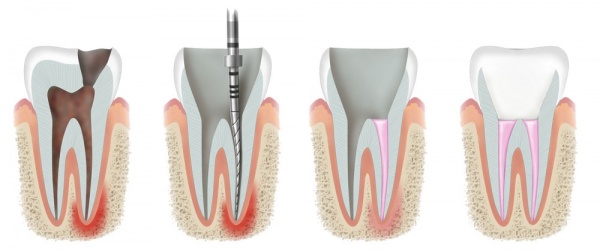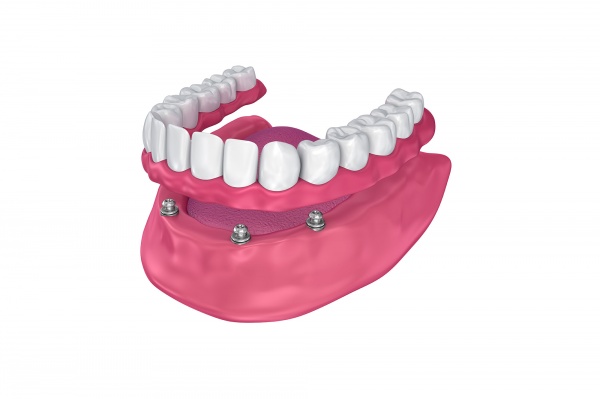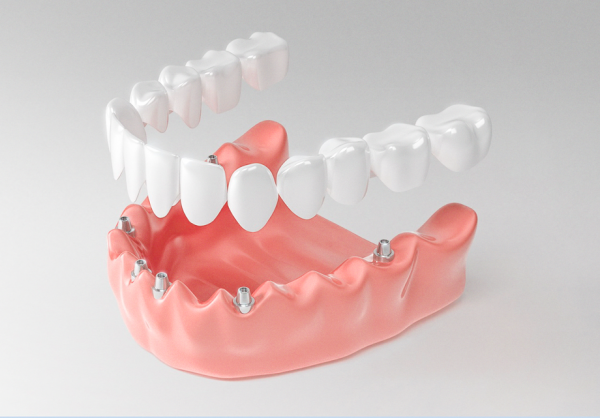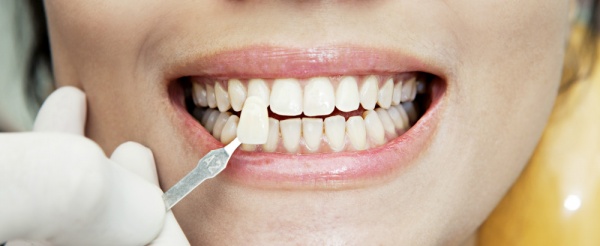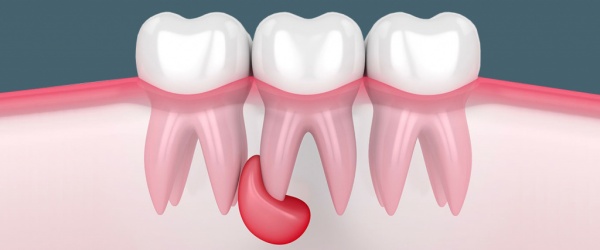Tooth decay is the most common reason for patients to visit a dental clinic. However, people usually procrastinate until the last moment and come to the doctor's office because of an acute pain, or when the tooth is almost completely destroyed and needs to be restored with a crown. The only explanation for late visits is the fear of being treated for cavities and the pain of drilling a tooth. However, just the timely treatment of tooth decay allows avoiding both unpleasant feelings and the use of a drilling machine in the treatment process.
Caries is the name given to the pathological process that occurs in the tissues of the tooth and causes their gradual destruction. First, the destructive process affects the enamel and then moves on to the dentin. Caries of the teeth is caused by a special type of bacteria that weaken the enamel and accelerate the leaching of minerals from it. The first signs of tooth decay are usually manifested by increased tooth sensitivity: unpleasant feelings when eating foods that are too sweet, too sour, too cold or too hot. If during this stage of tooth decay if you do not seek treatment at a dentist, your tooth may soon start hurting because the bacteria are already destroying the hard tissues of the tooth. The main cause of tooth decay is irregular oral hygiene. If the teeth are brushed improperly, insufficiently or irregularly, plaque accumulates on their surfaces and provides a breeding ground for pathogenic microorganisms.
Bacteria actively reproduce in plaque and in the process of their life generates large amounts of acid, corroding the integrity of the natural enamel coating of the teeth.
Also tooth decay can develop against a background of malfunctioning immune system, vitamin and mineral deficiencies in the body, and abuse of sweets.
Whatever the cause of tooth decay, you need to start treatment right away. The earlier tooth decay treatment is started, the faster and easier it will be. Early tooth decay can be treated without the need for a drill and drilling.
Stages of caries development
Specialists distinguish several phases in the development of dental caries. The stage of the disease will determine the method of its treatment, the complexity of the procedures and the price. Each phase of tooth decay has its own characteristics and symptoms, which we will discuss in detail below.
- Stain phase. This stage of caries development is characterized by the appearance of a visually noticeable light spot on the enamel of the tooth.
- Superficial caries. During this phase, the acid released by the bacteria almost completely destroys the enamel coating, but the dentin of the tooth remains intact. The treatment of tooth decay in this phase consists of removing the damaged enamel layer and placing a filling made of photopolymer composite.
- Middle caries. The damage extends to the dentin and affects the upper layers of the dental hard tissue. During the treatment of medium dental caries it is extremely important to remove all damaged tissues, otherwise the disease will continue to develop under the installed filling. The treatment of moderate dental caries does not work without drilling, the patient is given anesthesia, which completely eliminates discomfort and painful sensations during the treatment process.
- Deep dental caries. When decay is advanced, the disease destroys the deep layers of the hard tissues of the tooth and reaches the pulp chamber, which contains a bundle of small capillaries and nerve fibers. Therefore, at this stage of caries development the patient may be concerned about pain while chewing or biting food. The treatment of advanced dental caries requires good removal of carious dentin and the proper shaping of the cavity for restorative fillings. If the tooth tissue is more than fifty percent destroyed by decay, for a quality and durable restoration of the tooth it is recommended to install an endodontic inlay and crown, rather than a photopolymer filling.

